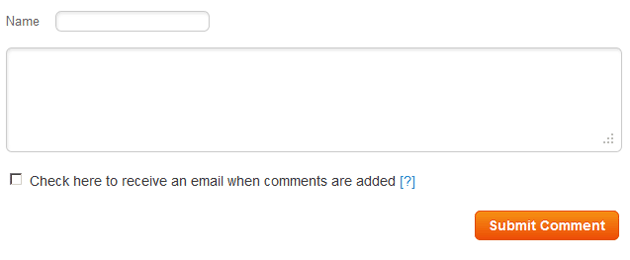Question
Topic: Branding
Can Local Branding Stimulate Internal Competition?
I am working with a corporation that has multiple divisions performing different services and multi-site locations for each division, some international (example: local real estate management companies). Locations may or may not have an independent brand image depending on how the local business was acquired. The corporation wants to stimulate competition among the various locations of a division, and is interested in ideas about how to use branding to accomplish this goal.
Related Discussions
- Advertising
- Small Business Branding
- Event Brand Design
- Horizontal Or Vertical Marketing?
- Need Title For A Product Launch Event
- Branding Using My Name - Play On Name
- Looking For A Powerful Tagline For My Adhd Parent
- Pickleball Co Brand Strat Help
- Short Catchy Headline Of A Value Proposition
- Product Brands & Company Owners
- Search more Know-How Exchange Q&A
Community Info
Top 25 Experts
(Branding)
- Jay Hamilton-Roth 41,952 points
- Gary Bloomer 19,103 points
- Mike Steffes 7,478 points
- wnelson 6,940 points
- SteveByrneMarketing 6,741 points
- Peter (henna gaijin) 6,541 points
- Blaine Wilkerson 5,949 points
- cookmarketing@gmail. 5,171 points
- saul.dobney 4,438 points
- darcy.moen 4,308 points
- Mushfique Manzoor 3,978 points
- Gail@PUBLISIDE 3,635 points
- telemoxie 3,227 points
- ReadCopy 3,093 points
- Chris Blackman 2,605 points
- Levon 2,191 points
- SRyan ;] 2,159 points
- Deremiah *CPE 2,051 points




